Interstellar objects might have crashed onto the moon
But it will be hard to find evidence of these solar system visitors.
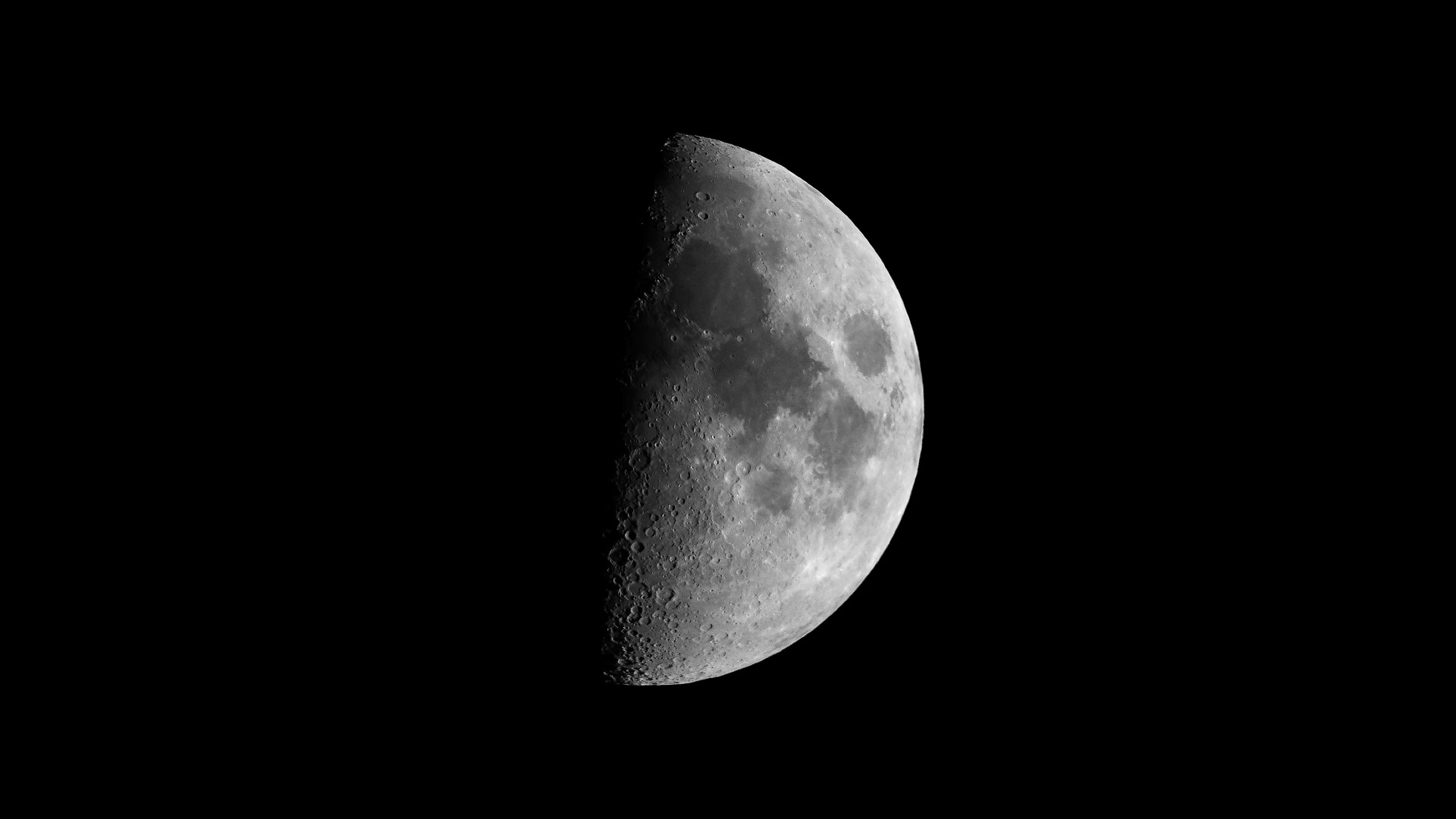
At least one interstellar object (ISO) has likely crashed into Earth's moon over the eons, a new paper suggests.
The moon, which is filled with thousands of craters, is thus a good hunting ground for objects originating in interstellar space, the authors suggest through statistics and simulation.
"Given the number of ISOs that we expect to encounter in the solar system, there are probably a few craters that were formed by very high-speed ISOs throughout the solar system, and there are probably one or two on the moon," lead author Sam Cabot, a Ph.D. candidate at Yale University, told Space.com.
That said, the challenge is finding such a crater in the first place.
Related: Interstellar Comet Borisov shines in incredible new Hubble photos
ISOs are comets or asteroids that originated beyond the borders of our solar system. Only two have been confirmed so far: 'Oumuamua and Borisov. The new study suggests that we may find out more about the composition of these enigmatic objects if we can track down a crater on the moon formed by an interstellar impact.
Decades of observations of our closest large neighbor, most especially with NASA's Lunar Reconnaissance Orbiter, have provided high-definition maps that will be used for NASA's Artemis program. The Artemis program seeks to land humans on the moon later in the 2020s, if all goes to plan.
Get the Space.com Newsletter
Breaking space news, the latest updates on rocket launches, skywatching events and more!
That said, maps can only provide so much information about the craters that are imaged, the authors say. The challenge is that maps provide little spectroscopic information about the composition of the craters. While some analysis can be done from orbit, the authors say it will likely require "ground truth" to determine if a crater indeed was formed from an ISO, Cabot said.
Related: Amazing moon photos from NASA's Lunar Reconnaissance Orbiter
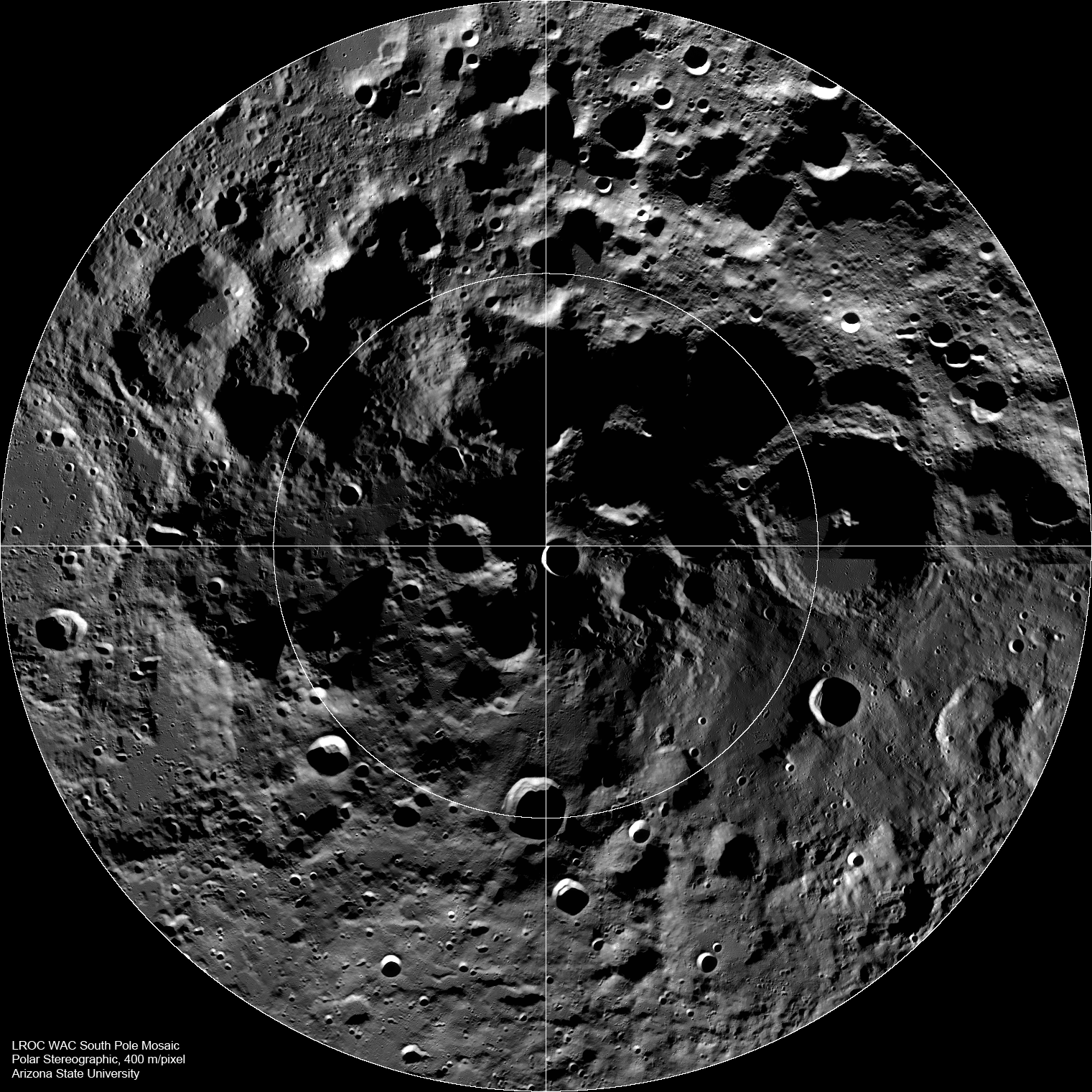
Predicting what astronauts may find will be difficult, Cabot added, as the two ISOs already spotted are quite different from each other. Borisov is the most similar to other solar system objects that we know about; however, astronomers were surprised by just how much carbon monoxide was present in its composition, he said. 'Oumuamua is even more enigmatic, he said, because there is no "satisfactory theory" that fully explains its composition.
Something was outgassing from the surface of 'Oumuamua and causing it to accelerate as it was leaving our solar system for interstellar space, Cabot explained.
"The quandary," he continued, "is that we in the community observed with space telescopes, looking for the typical gases you'd expect to be vaporized off the surface that are in astronomical objects. None of them were detected confidently."
Since astronomers were unable to find typical products of outgassing such as water, instead they are thinking that the object has unique kinds of volatiles on its surface, Cabot said. (Volatiles are chemical elements and compounds that vaporize relatively easily.) To better figure out what ISOs are made of more generally, the moon may present one location to gather concrete evidence, he added.
Related: Photographers capture 'ridiculously detailed image' of the moon for NASA's Artemis 1 launch
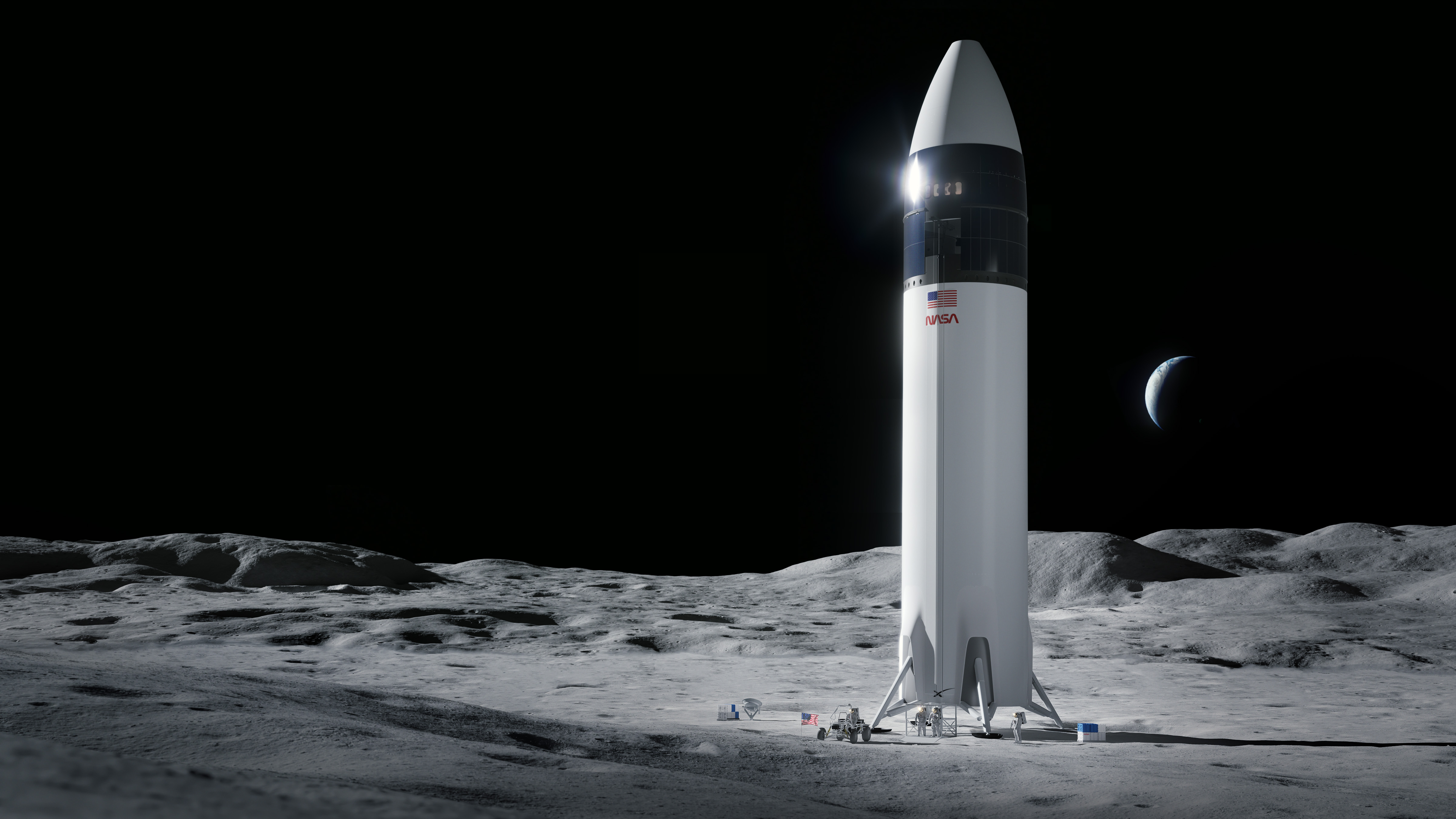
Better yet, there may be boots on the lunar surface relatively soon. Providing that funding and technological development on the Artemis program goes to plan, humans can seek out the sources of craters within their landing area.
The challenge, however, is there is no way of predicting exactly where an ISO may have landed. Moreover, human excursions will be confined, for the time being, to the south pole of the moon; that's where NASA and other space agencies hope to put their astronauts in the near future.
Nevertheless, Cabot said, human missions "give us a lot of opportunities for regolith characterization, [meaning] figuring out the composition of the lunar soil, and trying to answer questions about the early solar system."
Related: How did the solar system form?
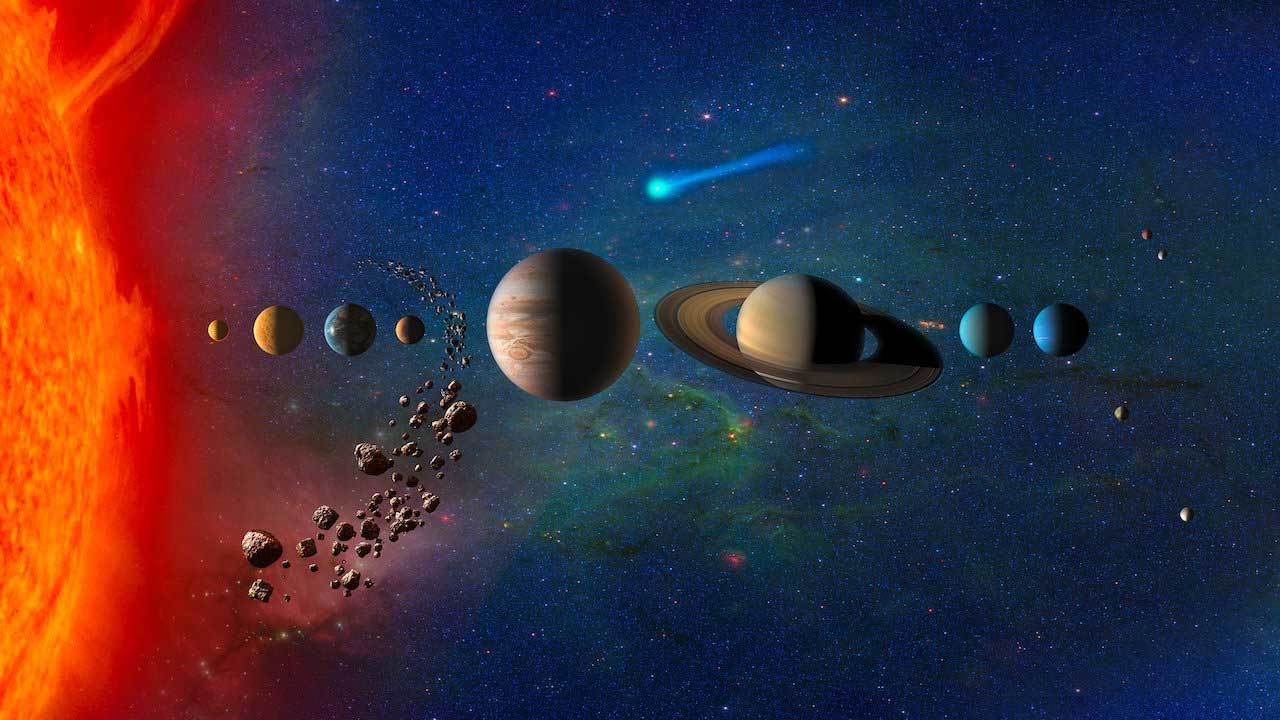
The little we know about ISOs suggests one strong hypothesis for how those craters may be different, he said. ISOs tend to travel at higher speeds compared to other objects within our solar system. That's because objects that are bound to the sun have a sort of "speed limit" due to being confined by the sun's gravity.
"ISOs, which flow freely throughout the galaxy, can enter the solar system at much higher speeds," Cabot said. "So that was the premise of our paper: to investigate telltale signatures of extremely high speed impacts."
The astronomers picked the cutoff speed of 225,000 mph (360,000 km/h) because it is extremely rare for solar system objects to achieve anything near that speed. The authors suggest that signs of melting at the impact site may be higher at that increased speed, although the composition of the melt would depend on the rock composition in the area.
What is needed next, Cabot said, is "widespread characterization of lunar regolith, which is something that we are hopefully going to see with Artemis." The challenge, he continued, is that astronauts and their equipment will need to figure out how to process large volumes of regolith from the moon to make a meaningful comparison to what an ISO may contain.
Related: NASA's Artemis 1 moon mission explained in photos
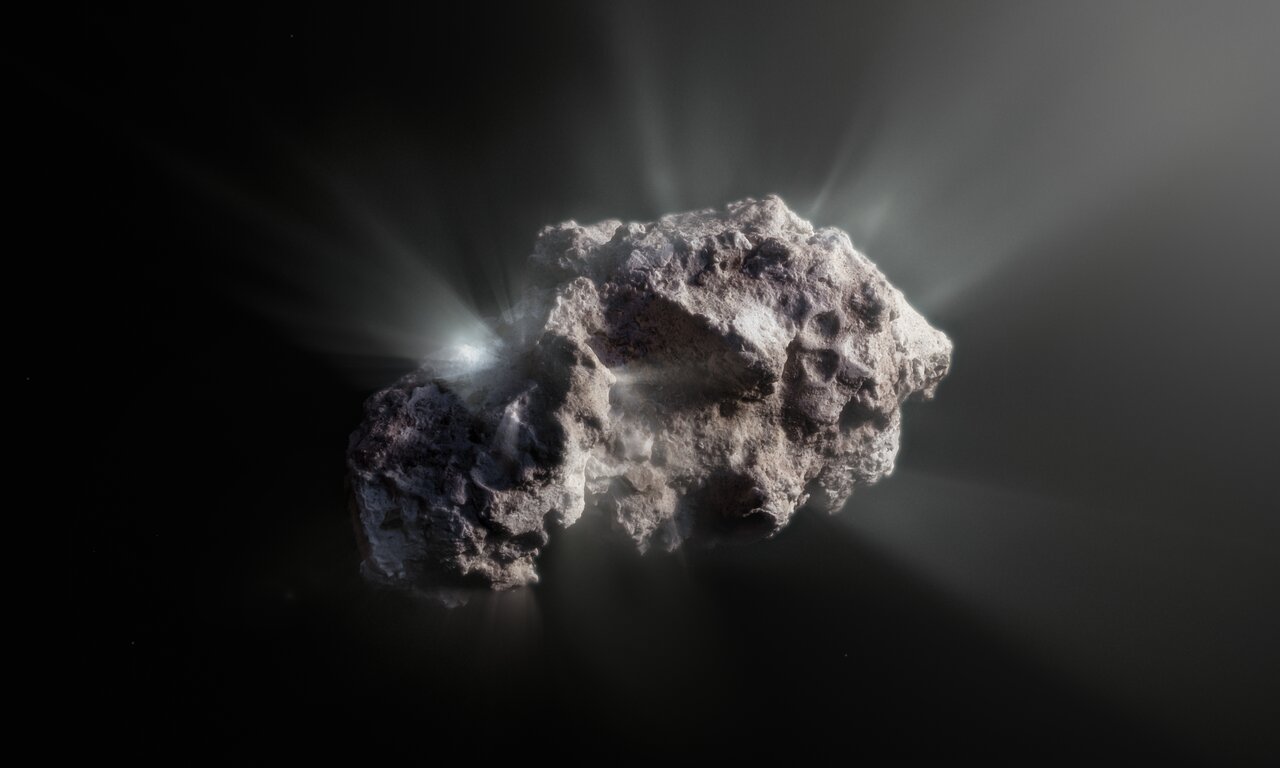
Some of NASA's future robotic landing missions may serve as test drives for large-scale regolith processing. NASA has a program called Commercial Lunar Payload Services (CLPS), which seeks to put private landers and payloads on the moon in support of the Artemis missions. A selection of these payloads may be able to process regolith as a secondary objective to other scientific explorations, Cabot said.
In the meantime, the authors, along with the rest of the astronomical community, are still on the hunt for other ISOs through powerful wide-field telescopes. And that search will get in a boost in the near future when instruments such as the Vera C. Rubin Observatory come online.
A paper based on the research was published in the Planetary Science Journal. A preprint version is available on Arxiv.
Follow Elizabeth Howell on Twitter @howellspace. Follow us on Twitter @Spacedotcom or Facebook.
Join our Space Forums to keep talking space on the latest missions, night sky and more! And if you have a news tip, correction or comment, let us know at: community@space.com.

Elizabeth Howell (she/her), Ph.D., was a staff writer in the spaceflight channel between 2022 and 2024 specializing in Canadian space news. She was contributing writer for Space.com for 10 years from 2012 to 2024. Elizabeth's reporting includes multiple exclusives with the White House, leading world coverage about a lost-and-found space tomato on the International Space Station, witnessing five human spaceflight launches on two continents, flying parabolic, working inside a spacesuit, and participating in a simulated Mars mission. Her latest book, "Why Am I Taller?" (ECW Press, 2022) is co-written with astronaut Dave Williams.









